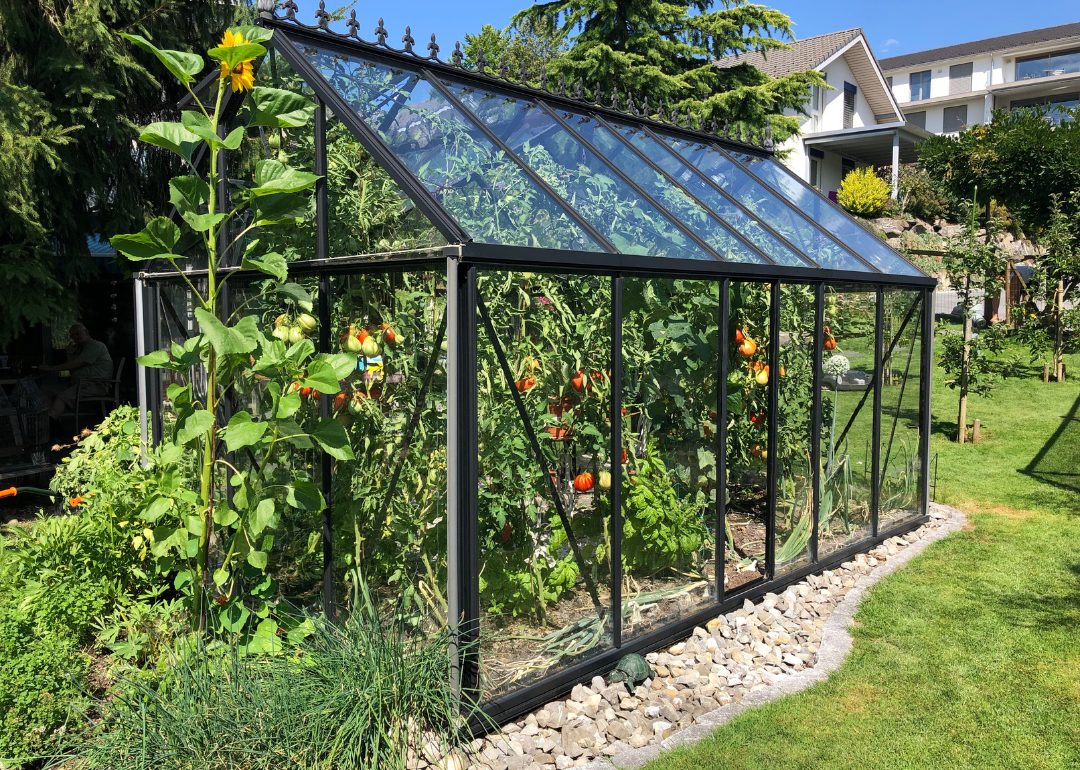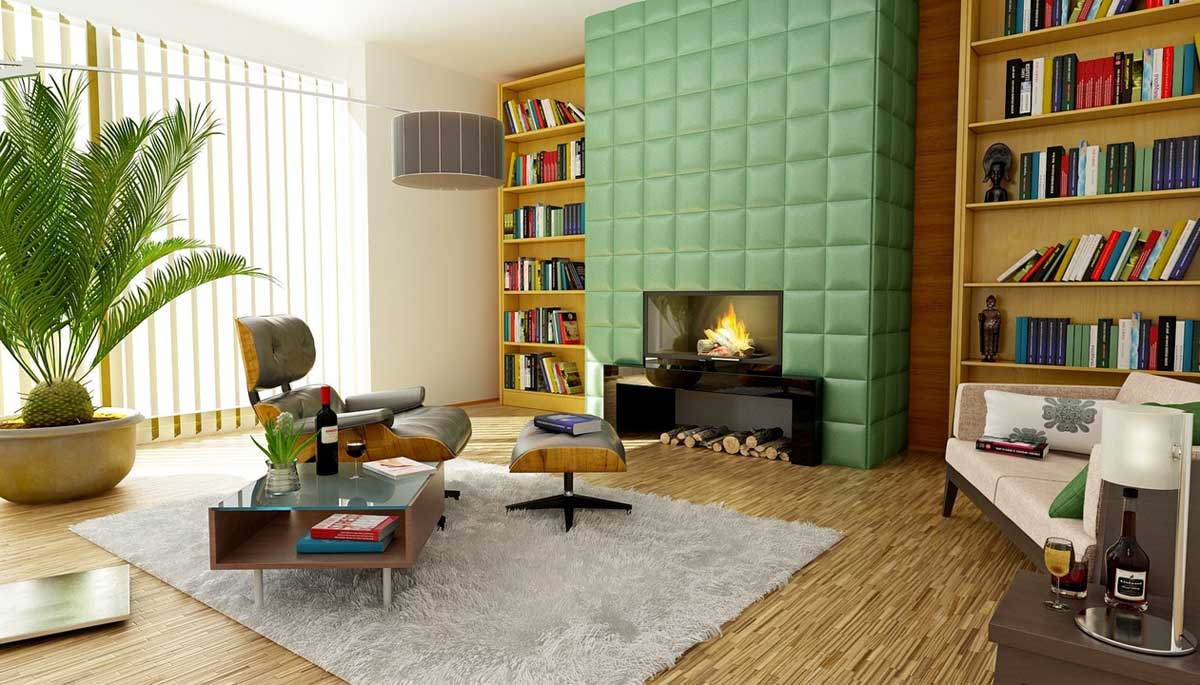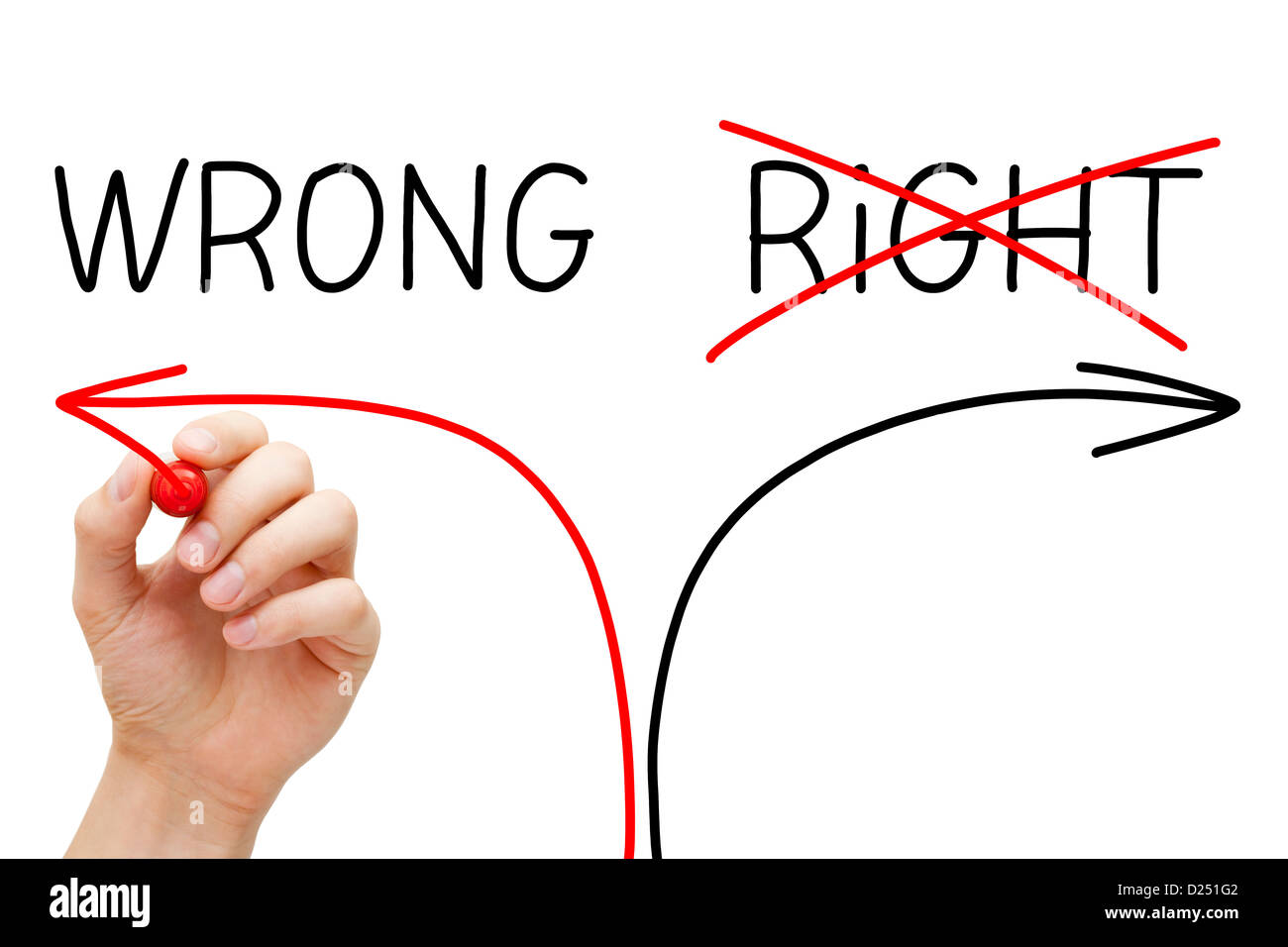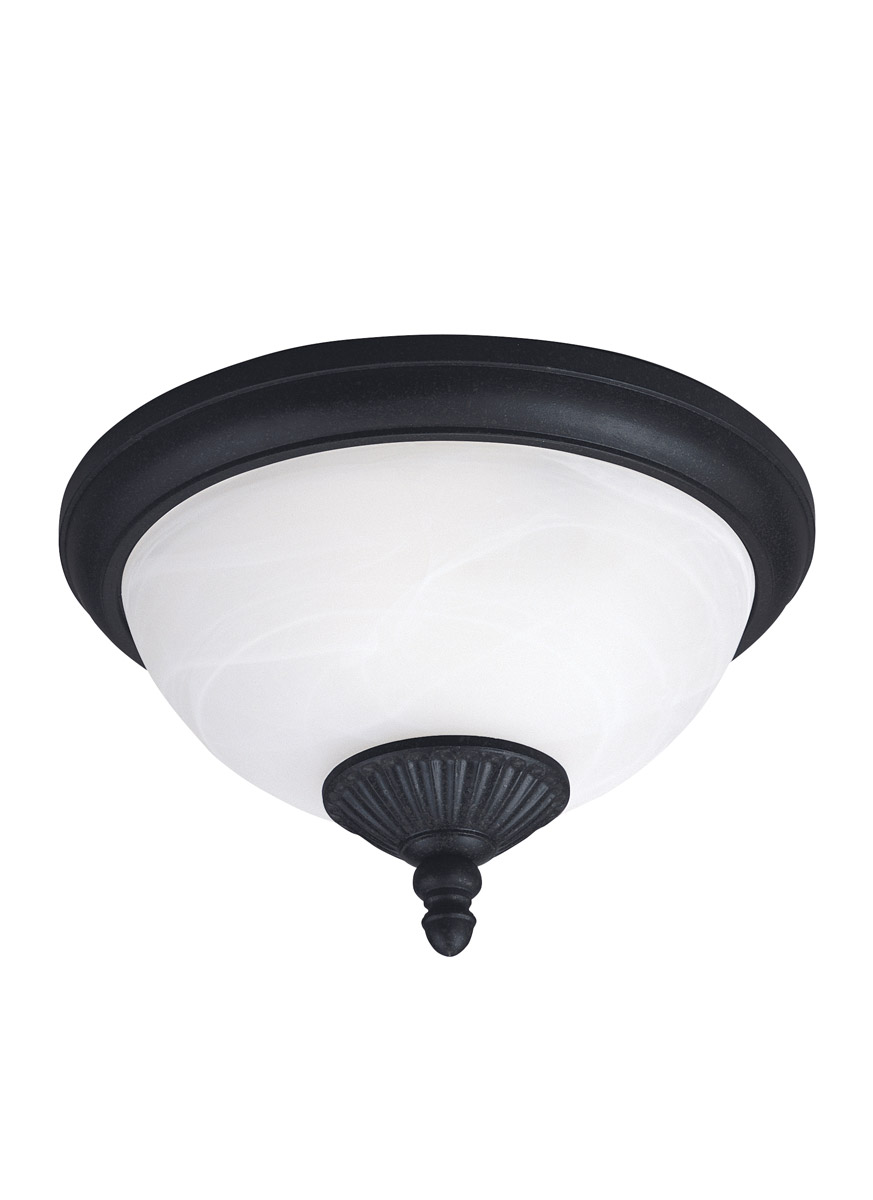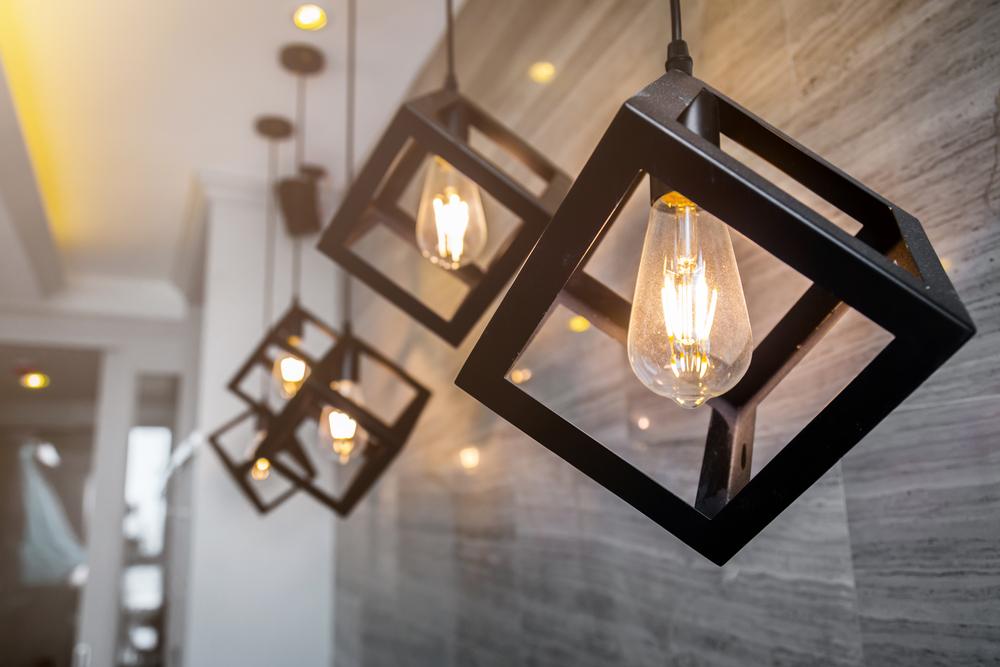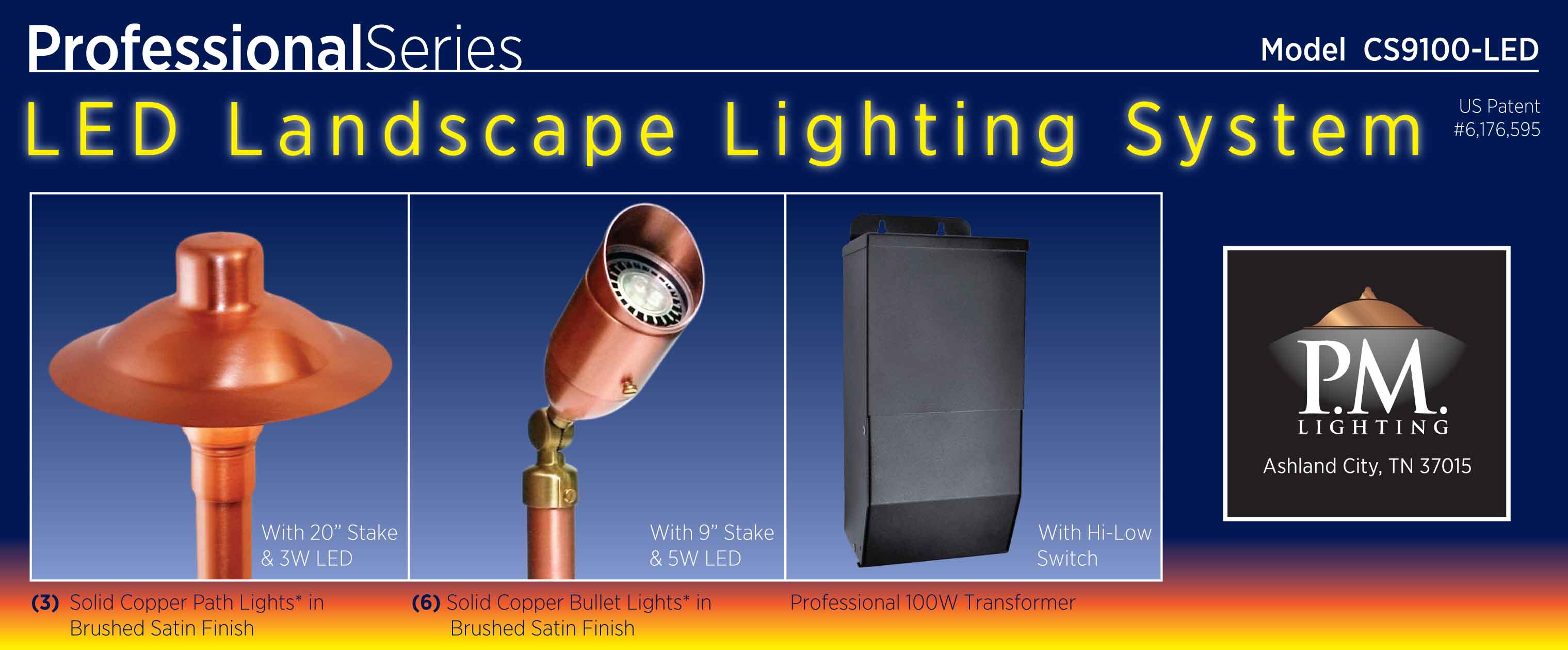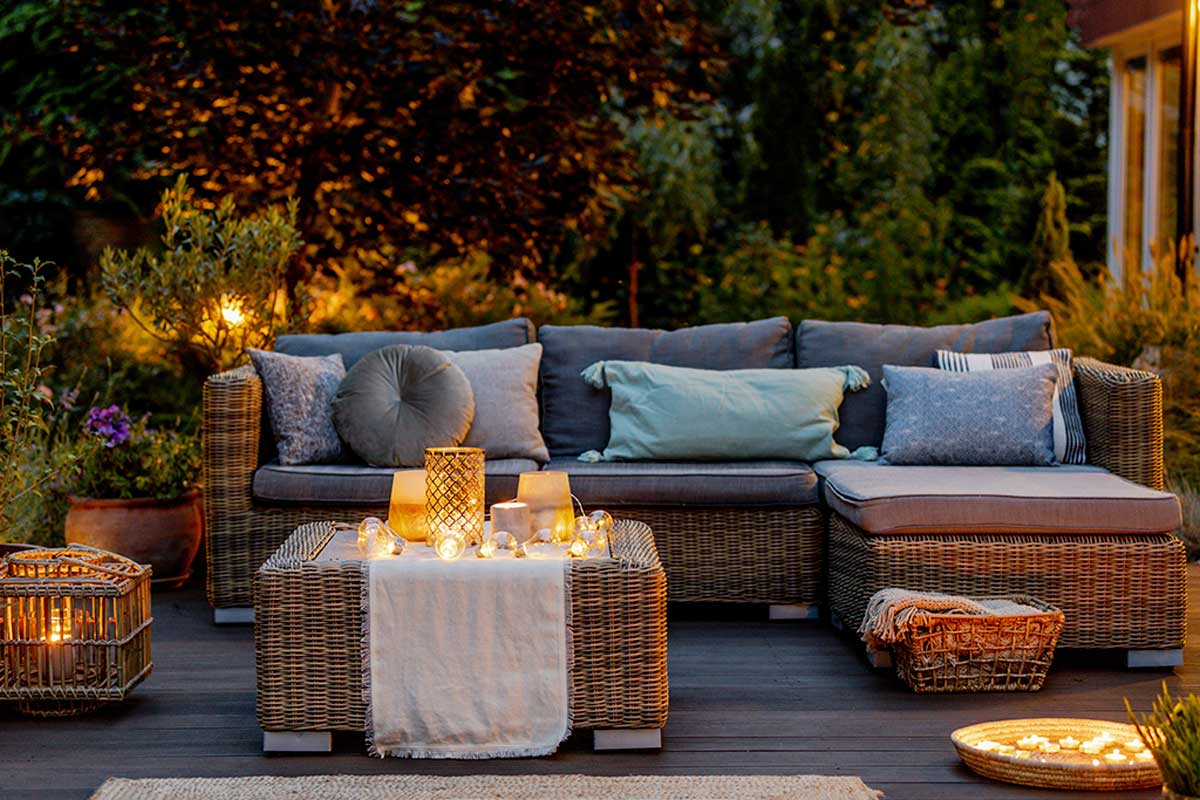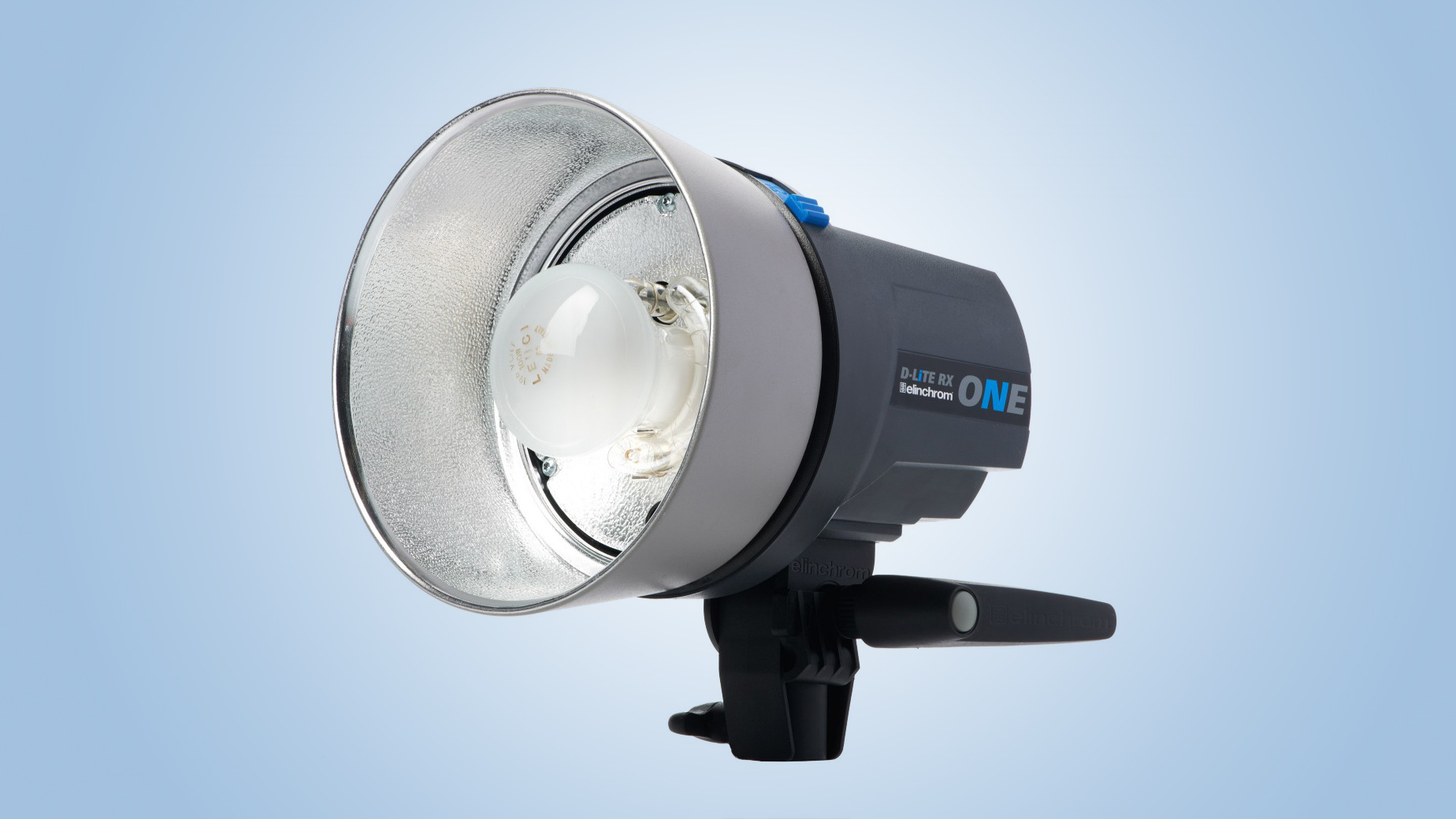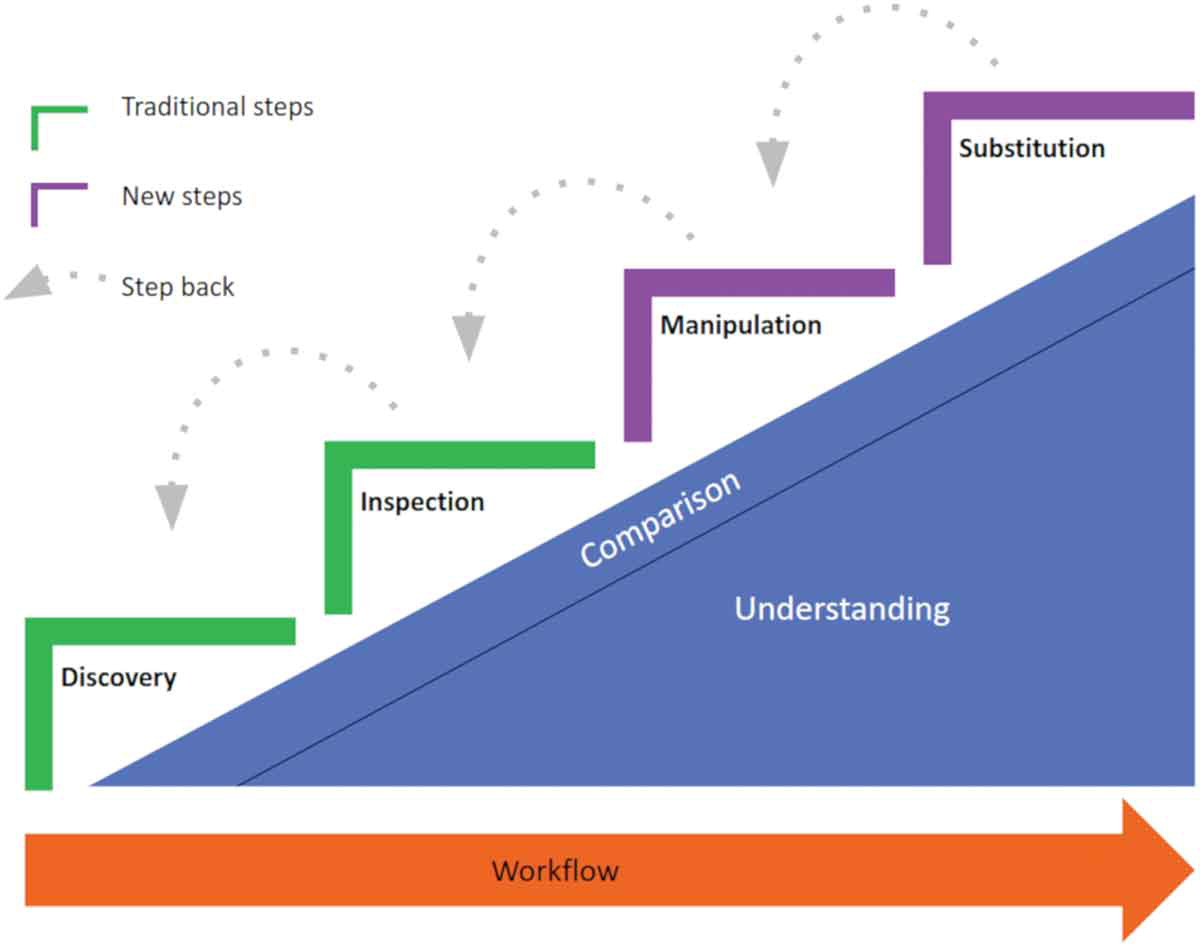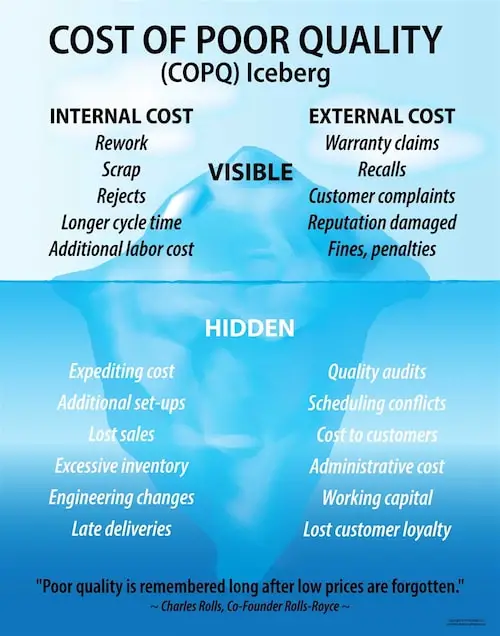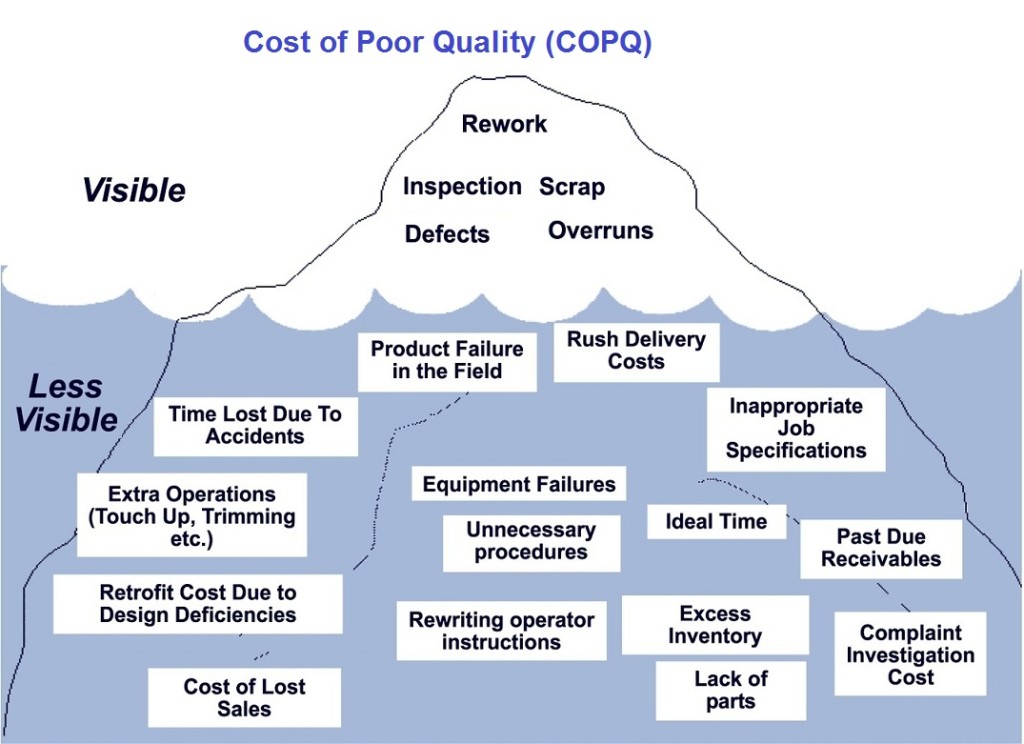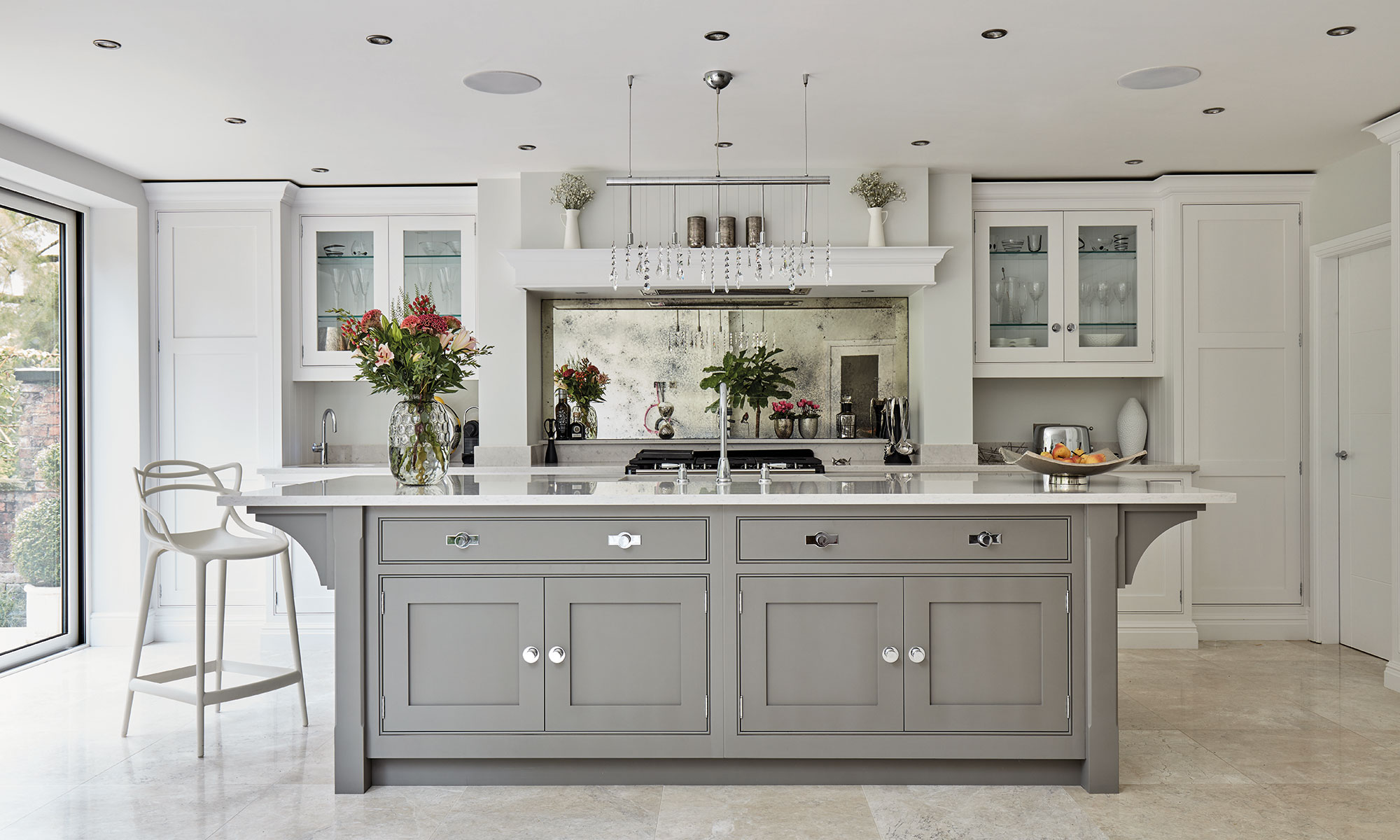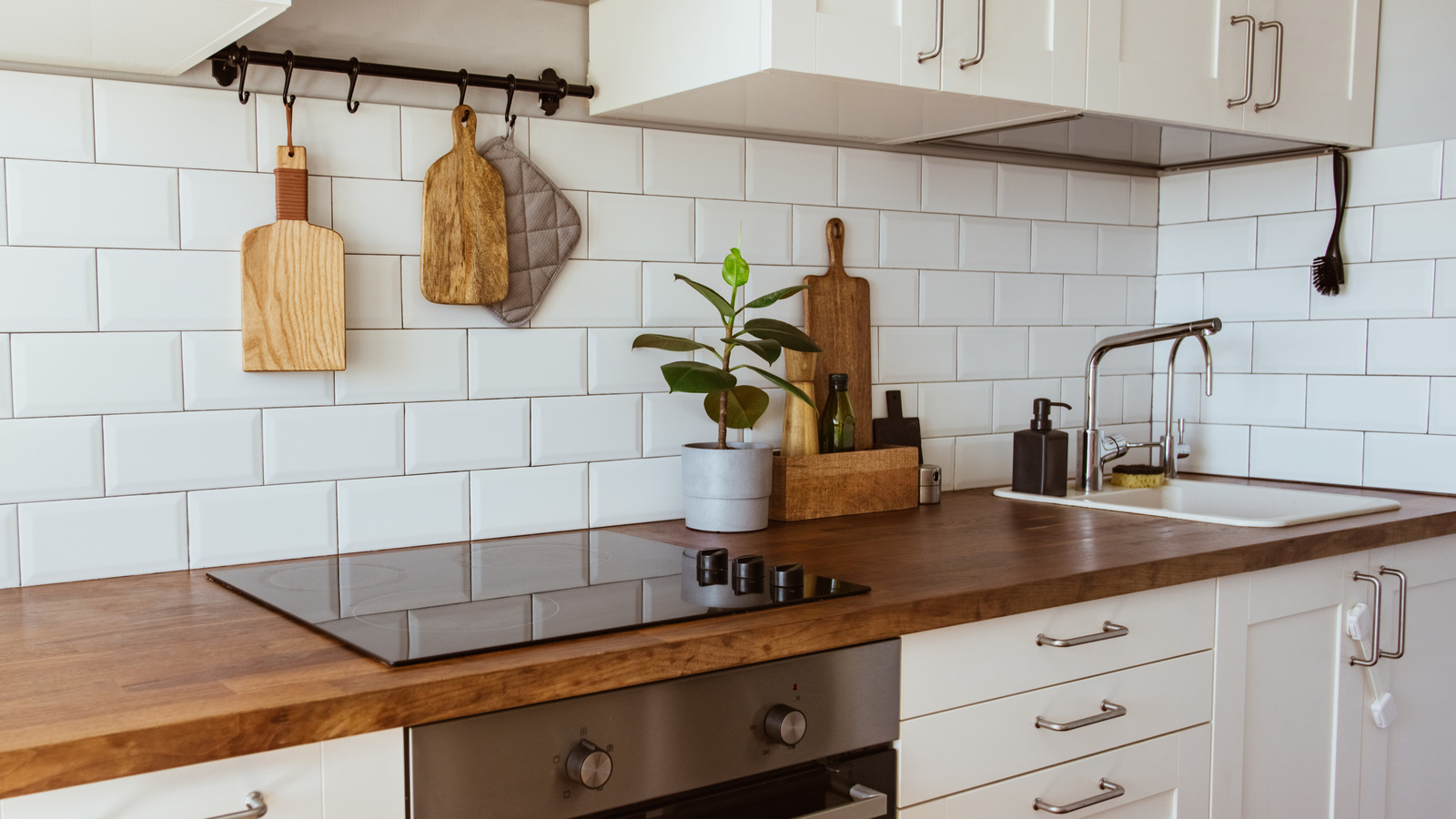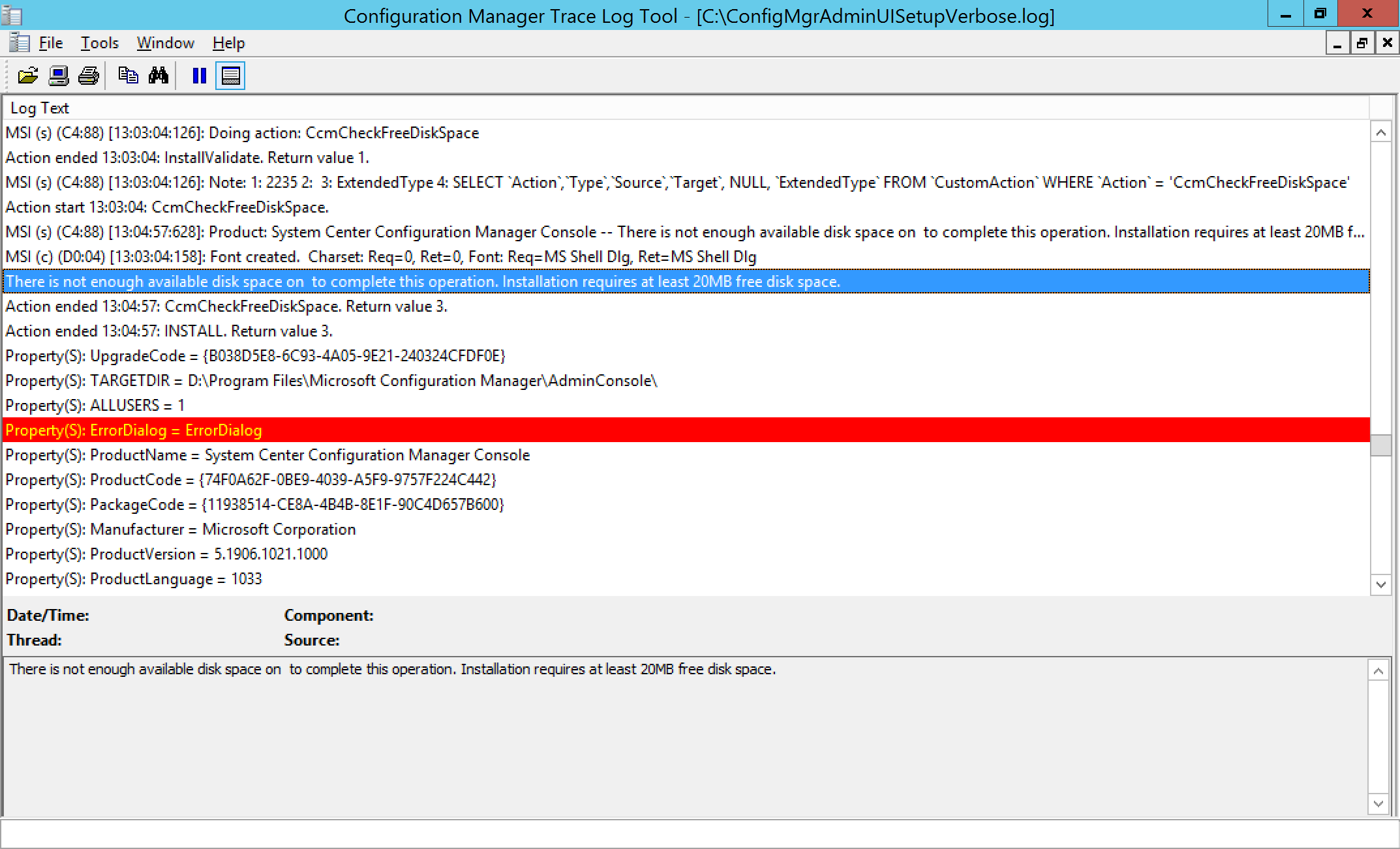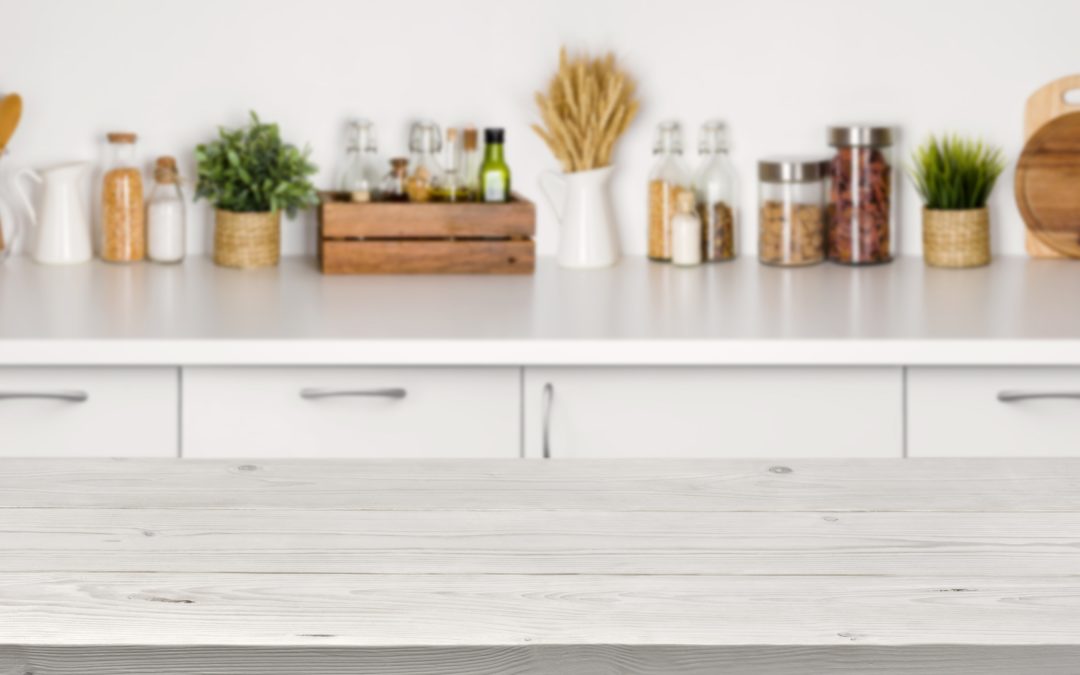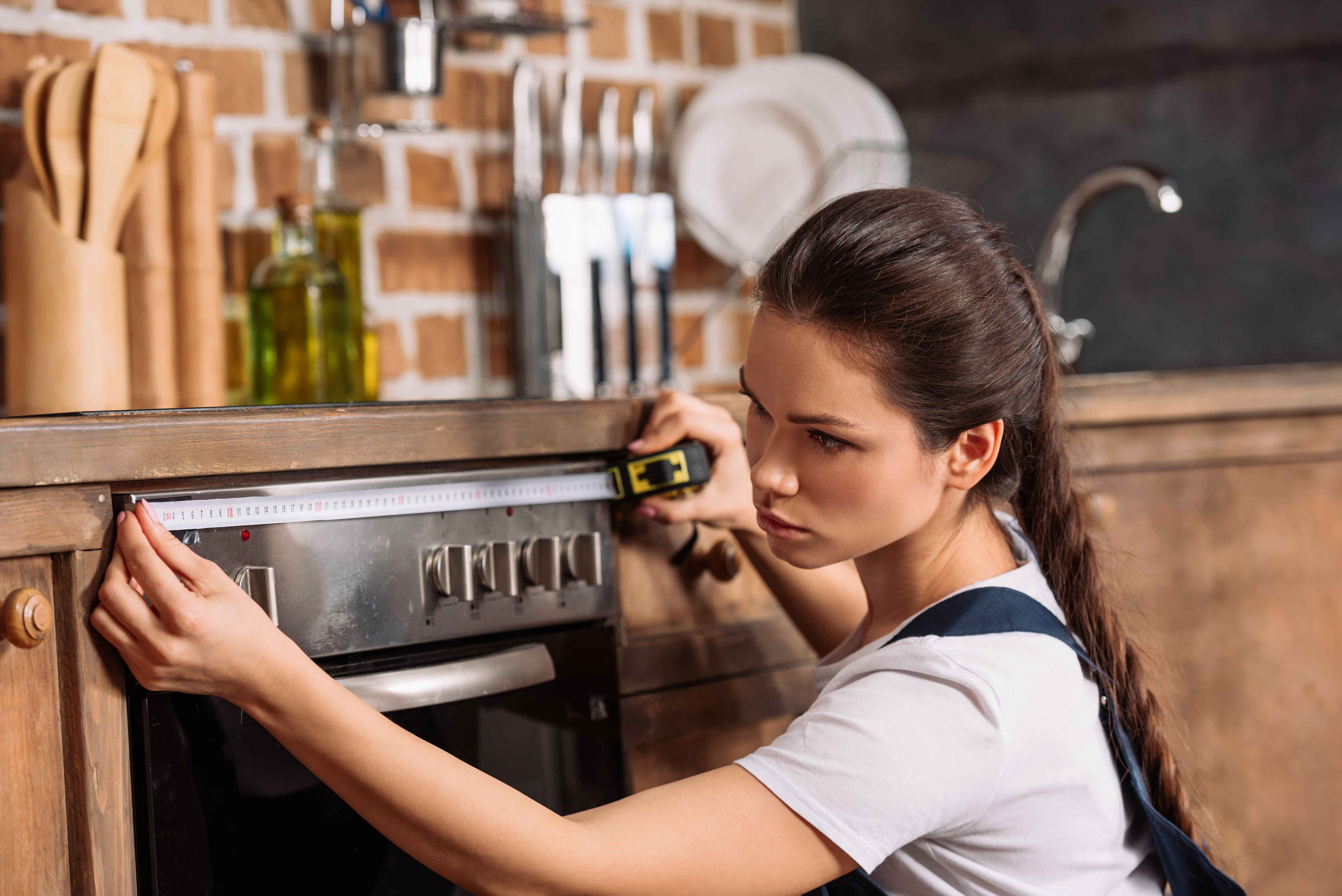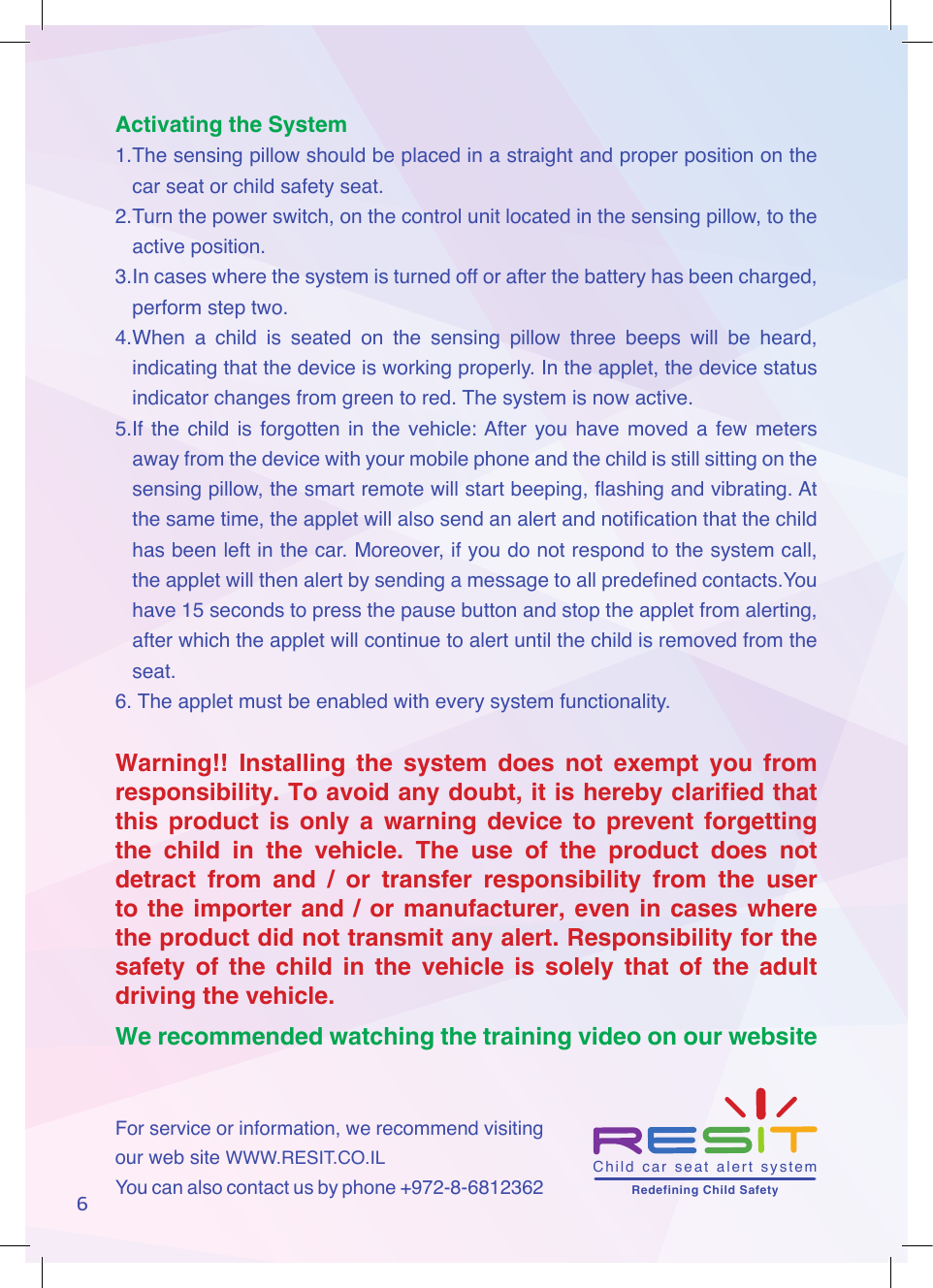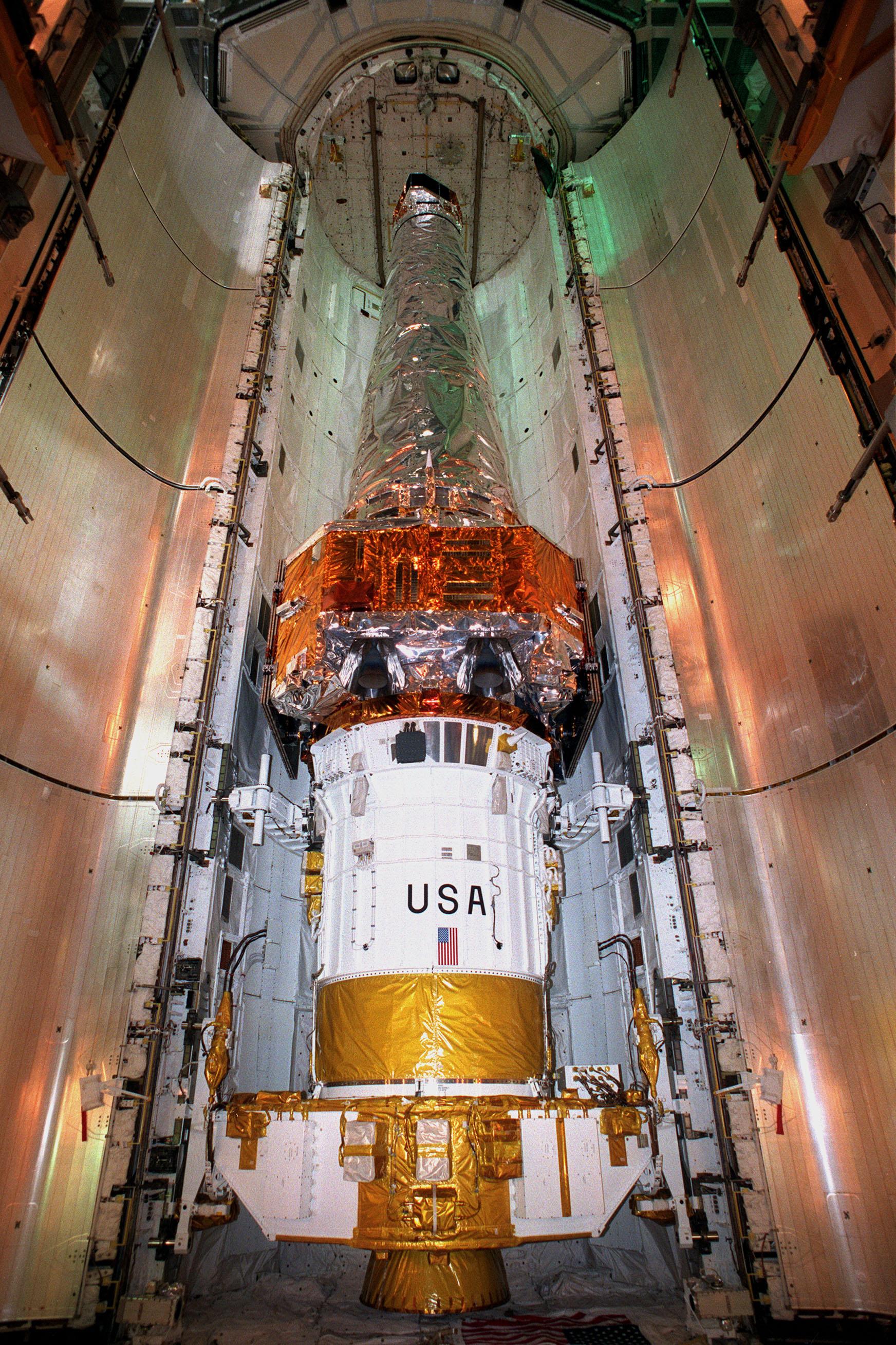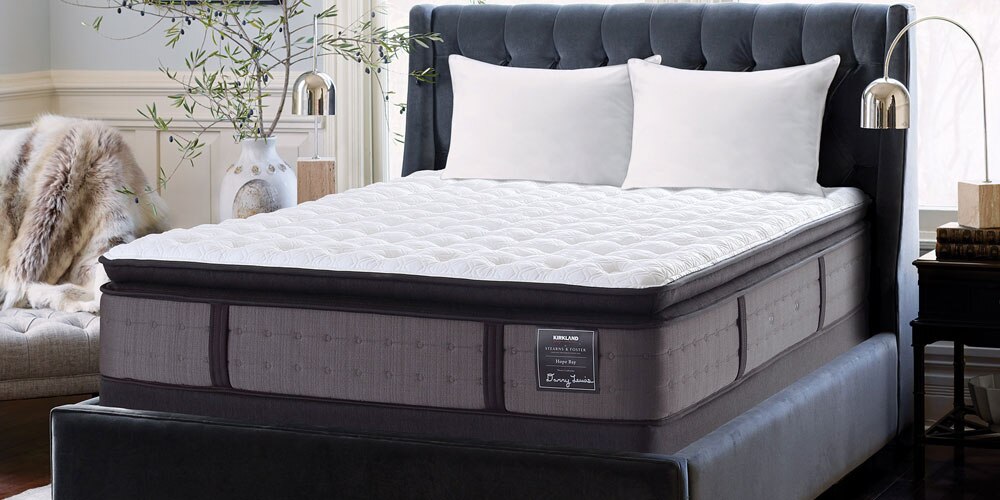When designing a kitchen, it's important to keep in mind that functionality should always take precedence over aesthetics. One of the biggest mistakes people make when designing their kitchen is overlooking storage space. It may be tempting to choose a sleek and minimalistic design, but if you don't have enough storage space to store all of your pots, pans, and kitchen gadgets, you'll quickly regret it. Make sure to plan for enough cabinets, drawers, and shelves to keep your kitchen organized and clutter-free. Consider utilizing vertical space by adding tall cabinets or installing open shelving. Don't forget to also include a designated space for your small appliances, such as a toaster or blender, to keep them off the countertops and out of sight.1. Overlooking storage space
The layout of your kitchen plays a crucial role in its functionality. Choosing the wrong layout can make cooking and meal preparation a hassle. One common mistake is placing the sink, stove, and refrigerator too far apart, which can make it difficult to move efficiently between tasks. This is known as the "work triangle" and it's important to keep it in mind when designing your kitchen. Another common mistake is not leaving enough space for people to move around freely. A kitchen with a crowded layout can feel cramped and uncomfortable, making it difficult for multiple people to work together in the kitchen. Consider the size and shape of your kitchen when choosing the layout and make sure to leave enough space for traffic flow.2. Choosing the wrong layout
Lighting is often an afterthought when it comes to kitchen design, but it can make a huge impact on the overall look and feel of the space. Natural lighting is ideal, so if your kitchen has windows, make sure to utilize them. If your kitchen doesn't have a lot of natural light, make sure to incorporate different types of lighting, such as overhead fixtures, under-cabinet lights, and task lighting. Don't forget to also consider the placement of your lighting. You don't want to have shadows or glare in your work areas. Adding dimmer switches can also help create a more versatile and customizable lighting option for different occasions.3. Neglecting lighting
When designing a kitchen, it's important to think about how you will be using the space and plan accordingly. The workflow in a kitchen should be efficient and make sense for your needs. For example, you don't want to have your dishwasher on the opposite side of the kitchen from your sink, as this will create unnecessary steps and make cleaning up a hassle. Consider the different tasks you will be doing in your kitchen and plan the layout accordingly. This can also tie into the work triangle, as mentioned earlier. A well-designed kitchen will have a natural flow and make it easy to move from one task to the next without any obstacles.4. Not considering workflow
It's important to invest in high-quality materials when designing your kitchen. You may be tempted to cut costs by using cheaper materials, but in the long run, this can end up costing you more. Poor quality materials can easily become damaged and need to be replaced, leading to more expenses and inconvenience. Choose materials that are durable, easy to maintain, and have a timeless appeal. This will ensure that your kitchen not only looks great but also lasts for years to come. Remember, your kitchen is a high-traffic area and the materials used should be able to withstand daily wear and tear.5. Using poor quality materials
Countertop space is a vital aspect of any kitchen design. It's where most of your meal preparation will take place and not having enough of it can be frustrating. When designing your kitchen, make sure to plan for enough counter space to accommodate all of your needs. Consider how you will be using your countertops and plan accordingly. If you enjoy cooking and need a lot of workspace, make sure to have enough continuous countertop space. If you have a smaller kitchen, consider using a kitchen island or a peninsula to add more surface area without taking up too much space.6. Not planning for enough counter space
A well-ventilated kitchen is essential for maintaining a healthy and comfortable environment. Cooking produces a lot of heat, steam, and odors, and without proper ventilation, these can linger and make your kitchen unpleasant. Ignoring ventilation can also lead to moisture buildup, which can cause issues such as mold and mildew. Make sure to install a range hood or exhaust fan that can effectively remove steam, smoke, and cooking odors from your kitchen. This will not only keep the air clean and fresh but also prevent any potential damage to your kitchen from excess moisture.7. Ignoring ventilation
When choosing appliances for your kitchen, it's important to consider their size and how they will fit into your design. If you have a small kitchen, it's crucial to choose appliances that are appropriately sized and won't take up too much space. On the other hand, if you have a larger kitchen, you may have more flexibility in choosing larger appliances. Make sure to measure your space and the dimensions of the appliances you are considering before making a purchase. This will prevent any surprises or issues with fitting them into your kitchen design.8. Not factoring in the size of appliances
While aesthetics are important, it's crucial not to sacrifice functionality for the sake of design. Your kitchen should be designed to meet your needs and make your life easier. For example, if you love to bake, make sure to incorporate enough counter space for rolling out dough and a designated area for your baking supplies. Think about the different elements that are important to you in a kitchen, such as storage, workspace, and traffic flow, and make sure your design addresses those needs. Don't get too caught up in following trends or creating a picture-perfect kitchen if it doesn't work for your lifestyle.9. Forgetting about functionality
Lastly, one of the biggest don'ts in kitchen design is overcrowding the space. It's tempting to try and fit in as many features and appliances as possible, but this can make your kitchen feel cramped and cluttered. Not only will this make it difficult to move around and work in, but it can also make the space look smaller and less appealing. Make sure to leave enough room for people to move around freely and have designated areas for different tasks. Avoid cluttering your countertops with unnecessary appliances and decorations. Instead, opt for a clean and organized look that will make your kitchen feel spacious and inviting.10. Overcrowding the space
The Importance of Avoiding These Kitchen Design Don'ts

Why It's Important to Avoid These Mistakes
 When it comes to designing a kitchen, there are certain mistakes that can easily be made. While it may seem like a small oversight, these mistakes can have a big impact on the overall functionality and aesthetic of your kitchen.
Kitchen design don'ts
are crucial to keep in mind, as they can save you time, money, and frustration in the long run. By avoiding these common pitfalls, you can ensure that your kitchen is not only visually appealing but also a functional and practical space for cooking and entertaining.
When it comes to designing a kitchen, there are certain mistakes that can easily be made. While it may seem like a small oversight, these mistakes can have a big impact on the overall functionality and aesthetic of your kitchen.
Kitchen design don'ts
are crucial to keep in mind, as they can save you time, money, and frustration in the long run. By avoiding these common pitfalls, you can ensure that your kitchen is not only visually appealing but also a functional and practical space for cooking and entertaining.
The Impact of Poor Kitchen Design
 One of the biggest mistakes that homeowners make when designing their kitchen is not considering the flow and functionality of the space.
Kitchen design don'ts
such as not leaving enough space for movement, or having appliances and cabinets that are too far apart, can make cooking and preparing meals a difficult and frustrating task. Additionally, poor design choices can also affect the resale value of your home, as buyers are often looking for a functional and well-designed kitchen.
One of the biggest mistakes that homeowners make when designing their kitchen is not considering the flow and functionality of the space.
Kitchen design don'ts
such as not leaving enough space for movement, or having appliances and cabinets that are too far apart, can make cooking and preparing meals a difficult and frustrating task. Additionally, poor design choices can also affect the resale value of your home, as buyers are often looking for a functional and well-designed kitchen.
The Top Kitchen Design Don'ts
 There are several common mistakes that people make when designing their kitchen that can easily be avoided. One of the most important
kitchen design don'ts
is not thinking about the placement of the work triangle. This refers to the natural flow between the sink, stove, and refrigerator, which are the three most commonly used areas in a kitchen. If they are too far apart, it can make cooking and cleaning up a hassle. Another common mistake is not considering the storage space needed for your kitchen. Not having enough storage can lead to a cluttered and disorganized space.
There are several common mistakes that people make when designing their kitchen that can easily be avoided. One of the most important
kitchen design don'ts
is not thinking about the placement of the work triangle. This refers to the natural flow between the sink, stove, and refrigerator, which are the three most commonly used areas in a kitchen. If they are too far apart, it can make cooking and cleaning up a hassle. Another common mistake is not considering the storage space needed for your kitchen. Not having enough storage can lead to a cluttered and disorganized space.
Conclusion
 In conclusion, when it comes to
kitchen design don'ts
, it's crucial to think about the functionality and flow of the space. By avoiding common mistakes and carefully planning your kitchen design, you can create a space that is not only visually appealing but also practical and efficient. So before you embark on your kitchen design journey, make sure to keep these
kitchen design don'ts
in mind to create a space that you will love for years to come.
In conclusion, when it comes to
kitchen design don'ts
, it's crucial to think about the functionality and flow of the space. By avoiding common mistakes and carefully planning your kitchen design, you can create a space that is not only visually appealing but also practical and efficient. So before you embark on your kitchen design journey, make sure to keep these
kitchen design don'ts
in mind to create a space that you will love for years to come.






